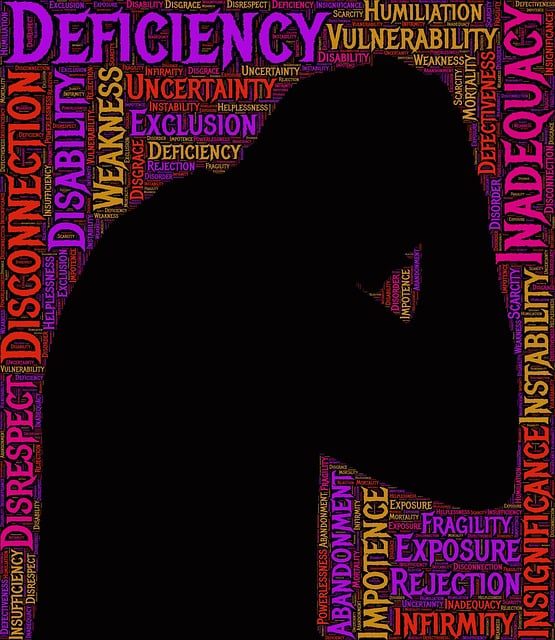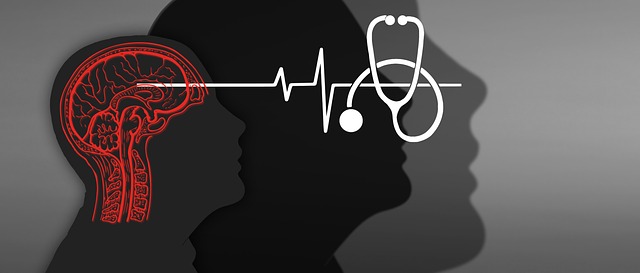Community outreach programs for mental health support must first identify local needs through cultural sensitivity, setting SMART goals like improving self-esteem in marginalized groups. These programs create safe spaces for connection and shared experiences, with engaging activities like group discussions and workshops. Partnerships with local organizations are key to reaching diverse audiences and customizing services. Measuring success through participation rates and feedback ensures continuous improvement, incorporating tailored interventions like compassion cultivation and public awareness campaigns to address evolving needs, such as Superior Relationship Issues Therapy.
Community outreach programs play a pivotal role in bridging the gap between professionals and those seeking support. Effective implementation fosters connection and addresses unique community needs, particularly in areas like Superior Relationship Issues Therapy. This article guides you through the essential steps of designing engaging programs, building strategic partnerships, and measuring success to ensure continuous improvement in outreach efforts. By understanding the community’s requirements and setting realistic goals, we can create a supportive environment that enhances well-being.
- Understanding Community Needs and Setting Realistic Goals
- Designing Engaging Programs That Foster Connection
- Building Partnerships with Local Organizations
- Measuring Success and Continuously Improving Outreach Efforts
Understanding Community Needs and Setting Realistic Goals

Understanding community needs is a fundamental step in designing effective outreach programs. It involves listening to and engaging with residents to identify their unique challenges and aspirations. This process requires cultural sensitivity, recognizing that each community has its own dynamics and issues, such as superior relationship issues therapy, that may require tailored approaches. By conducting thorough assessments and actively involving the community, mental health professionals can ensure their outreach efforts align with genuine local needs.
Setting realistic goals is crucial for the success of any Community Outreach Program Implementation. Goals should be specific, measurable, achievable, relevant, and time-bound (SMART). For instance, a goal could focus on improving self-esteem among marginalized groups through therapy sessions tailored to address their cultural and personal barriers. This involves considering local resources, existing services, and potential challenges to create a sustainable impact that resonates with the community’s diverse tapestry.
Designing Engaging Programs That Foster Connection

Designing engaging community outreach programs that foster connection is paramount to addressing superior relationship issues therapy effectively. These initiatives should aim to create safe spaces where individuals from diverse backgrounds can come together, share experiences, and build meaningful bonds. Incorporating interactive activities, such as group discussions, workshops, or cultural events, can enhance participation and foster a sense of belonging. By promoting open communication and understanding, these programs can help bridge gaps and strengthen community ties, ultimately improving mental health outcomes.
Cultural competency training for healthcare providers is essential in this context. Equiping professionals with the skills to navigate sensitive topics and respect diverse perspectives ensures that outreach efforts resonate with all members of the community. Additionally, burnout prevention strategies for healthcare providers are integral to sustaining these programs over time. By implementing conflict resolution techniques and fostering a supportive work environment, communities can ensure that their outreach initiatives remain effective and impactful.
Building Partnerships with Local Organizations

Building strong partnerships with local organizations is a key aspect of successful community outreach programs. By collaborating with entities such as schools, churches, and community centers, mental health initiatives can gain access to wider audiences and tailor their services to meet diverse needs. This strategic alliance fosters a sense of shared responsibility for the well-being of the community, enhancing the impact of therapy and prevention efforts.
For instance, integrating Mind Over Matter principles through compassion cultivation practices has proven effective in fostering resilience and mitigating Superior Relationship Issues Therapy often encountered within communities. By equipping individuals with tools to navigate challenges and foster empathy, Depression Prevention becomes more achievable on a collective level. Such collaborative initiatives not only strengthen community bonds but also empower members to take charge of their mental health.
Measuring Success and Continuously Improving Outreach Efforts

Measuring success is a vital component of any community outreach program. By setting clear goals and utilizing quantifiable metrics, organizations can assess their impact and identify areas for improvement. This data-driven approach ensures that resources are allocated effectively to address specific needs within the community. For instance, tracking participation rates in workshops or programs can reveal which initiatives resonate most with residents, guiding future planning. Additionally, collecting feedback from participants through surveys or focus groups offers valuable insights into program effectiveness and satisfaction levels.
Continuous improvement is fostered when outreach efforts are viewed as a dynamic process. Organizations should encourage adaptability by regularly reviewing program outcomes and community feedback. This iterative process involves analyzing what worked well and what could be enhanced, leading to more tailored interventions. For example, incorporating Mental Wellness Journaling Exercise Guidance into programs can support participants’ emotional well-being and provide valuable data on its impact. Similarly, Public Awareness Campaigns Development should evolve with emerging community needs, such as addressing burnout prevention, to ensure the outreach remains relevant and impactful over time.
Implementing effective community outreach programs requires a strategic approach, from understanding local needs to building partnerships and measuring success. By setting realistic goals, designing engaging activities that foster connection, and collaborating with local organizations, communities can improve access to services like Superior Relationship Issues Therapy. Continuous improvement through measurement ensures that these initiatives resonate with the target audience, ultimately strengthening community bonds.














